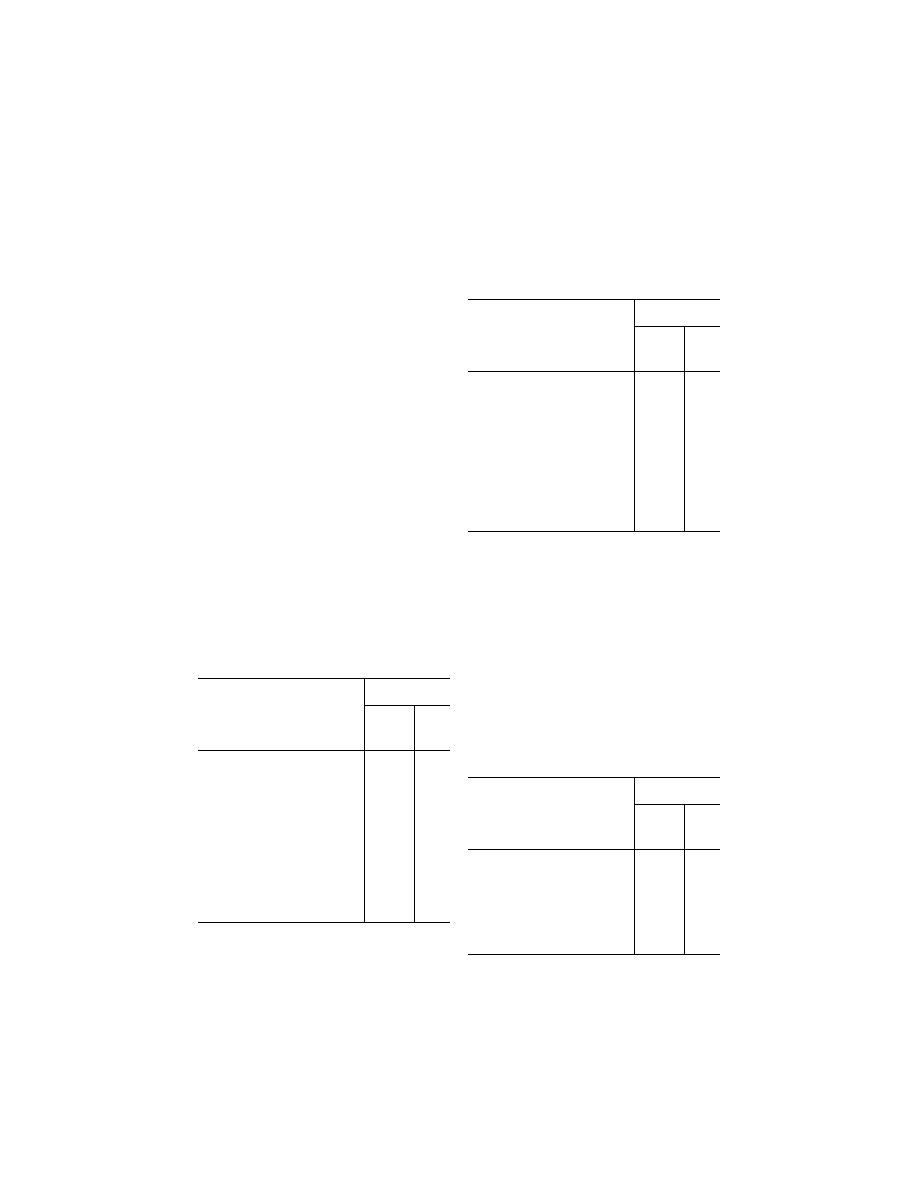
855
Federal Aviation Administration, DOT
§ 171.311
minute, during which time the ground
subsystem is available for operational
use. When the transmissions of the
ground subsystem are not available,
the identification signal must be sup-
pressed. The audible tone in the air-
craft is started by setting the Morse
Code bit to logic ‘‘1’’ and stopped by a
logic ‘‘0’’ (see Tables 4a and 4b). The
identification code characteristics
must conform to the following: the dot
must be between 0.13 and 0.16 second in
duration, and the dash between 0.39 and
0.48 second. The duration between dots
and/or dashes must be one dot plus or
minus 10%. The duration between char-
acters (letters) must not be less than
three dots. When back azimuth is pro-
vided, the code shall be transmitted by
the approach azimuth and back azi-
muth within plus or minus 0.08 seconds.
(B)
Airborne antenna selection.
A sig-
nal for airborne antenna selection shall
be transmitted as a ‘‘zero’’ DPSK sig-
nal lasting for a six-bit period (see Ta-
bles 4a and 4b).
T
ABLE
4a—A
PPROACH
A
ZIMUTH
F
UNCTION
TIMING
Event
Event time slot
begins at—
15.625
kHz clock
pulse
(number)
Time
(milli-
sec-
onds)
Preamble ...............................................
0 0
Morse code ............................................
25
1 .600
Antenna select .......................................
26
1 .664
Rear OCI ...............................................
32
2 .048
Left OCI .................................................
34
2 .176
Right OCI ...............................................
36
2 .304
To test ...................................................
38
2 .432
To scan
1
................................................
40 2
.560
Pause ....................................................
................
8 .760
Midscan point ........................................
................
9 .060
FRO scan
1
............................................
................
9 .360
FRO test ................................................
................
15 .560
End Function (Airborne) ........................
................
15 .688
End guard time; end function (ground)
................
15 .900
AA
1
The actual commencement and completion of the TO
and the FRO scan transmissions are dependent on the
amount of proportional guidance provided. The time slots pro-
vided shall accommodate a maximum scan of plus or minus
62.0 degrees. Scan timing shall be compatible with accuracy
requirements.
T
ABLE
4b—H
IGH
R
ATE
A
PPROACH
A
ZIMUTH AND
B
ACK
A
ZIMUTH
F
UNCTION
T
IMING
Event
Event time slot
begins at—
15.625
kHz clock
pulse
(number)
Time
(milli-
sec-
onds)
Preamble ...............................................
0 0
Morse Code ...........................................
25
1 .600
Antenna select .......................................
26
1 .664
Rear OCI ...............................................
32
2 .048
Left OCI .................................................
34
2 .176
Right OCI ...............................................
36
2 .304
To test ...................................................
38
2 .432
To scan
1
................................................
40 2
.560
Pause ....................................................
................
6 .760
Midscan point ........................................
................
7 .060
FRO scan
1
............................................
................
7 .360
FRO test pulse ......................................
................
11 .560
End function (airborne) ..........................
................
11 .688
End guard time; end function (ground)
................
11 .900
1
The actual commencement and completion of the TO and
the FRO scan transmissions are dependent on the amount of
proportional guidance provided. The time slots provided will
accommodate a maximum scan of plus or minus 42.0 de-
grees. Scan timing shall be compatible with accuracy
requirements.
(C)
OCI.
Where OCI pulses are used,
they must be: (1) greater than any
guidance signal in the OCI sector; (2) at
least 5 dB less than the level of the
scanning beam within the proportional
guidance sector; and (3) for azimuth
functions with clearance signals, at
least 5 dB less than the level of the left
(right) clearance pulses within the left
(right) clearance sector.
T
ABLE
5—A
PPROACH
E
LEVATION
F
UNCTION
T
IMING
Event
Event time slot
begins at:
15.625
kHz clock
pluse
(number)
Time
(milli-
sec-
onds)
Preamble ...............................................
0 0
Processor pause ....................................
25
1 .600
OCI ........................................................
27 1
.728
To scan
1
................................................
29 1
.856
Pause ....................................................
................
3 .406
Midscan point ........................................
................
3 .606
FRO scan
1
............................................
................
3 .806
End function (airborne) ..........................
................
5 .356
End guard time; end function (ground)
................
5 .600
1
The actual commencement and completion of the TO and
FRO scan transmissions are dependent upon the amount of
proportional guidance provided. The time slots provided will
accommodate a maximum scan of
¥
1.5 degrees to + 29.5
degrees. Scan timing shall be compatible with accuracy
requirements.
The duration of each pulse measured
at the half amplitude point shall be at
least 100 microseconds, and the rise and
VerDate Sep<11>2014
08:20 May 17, 2019
Jkt 247048
PO 00000
Frm 00865
Fmt 8010
Sfmt 8010
Y:\SGML\247048.XXX
247048